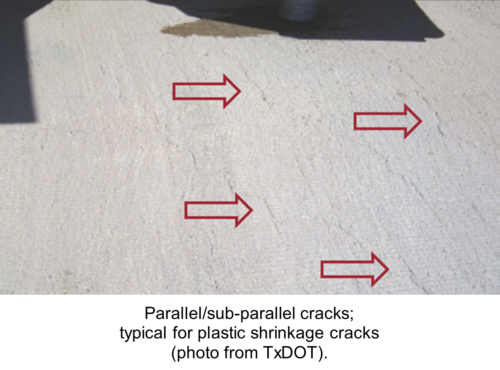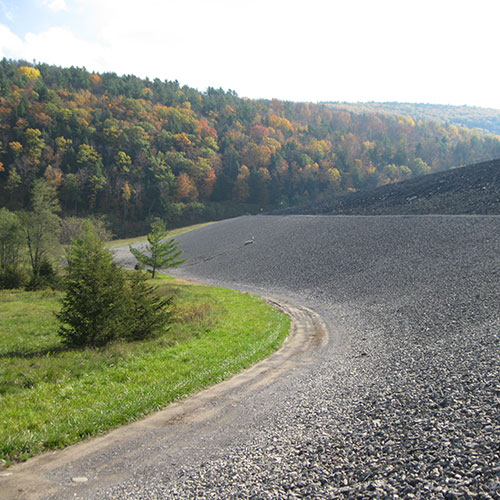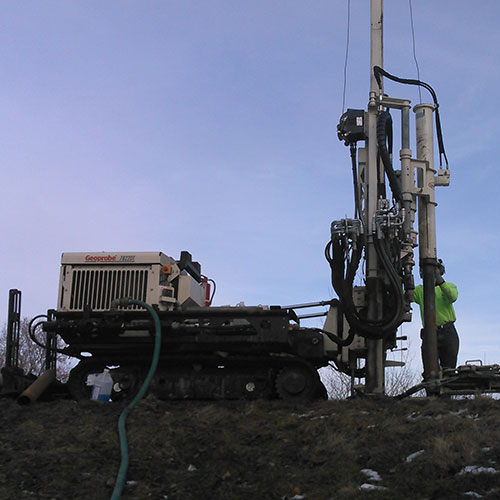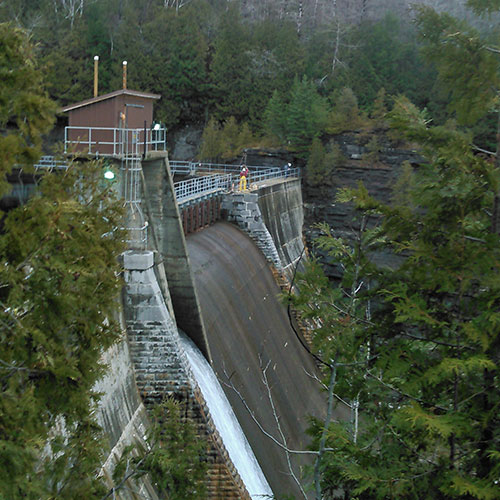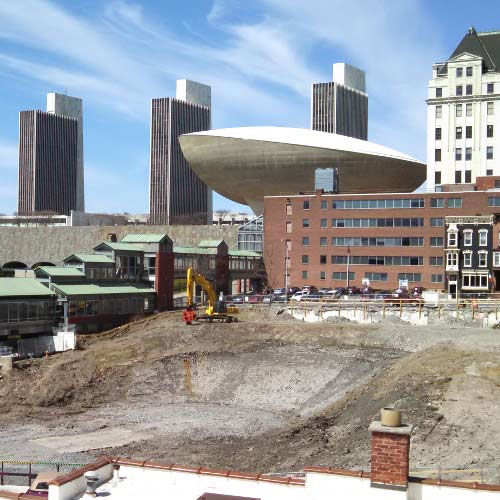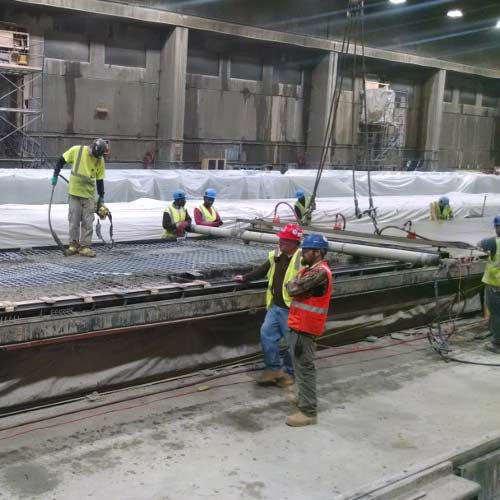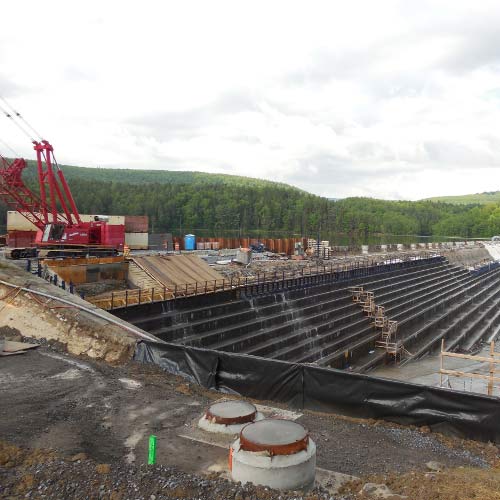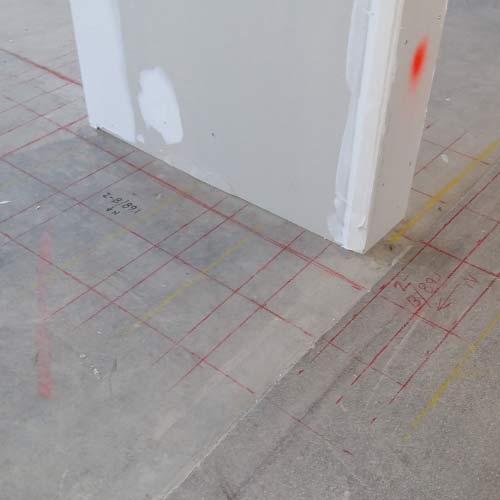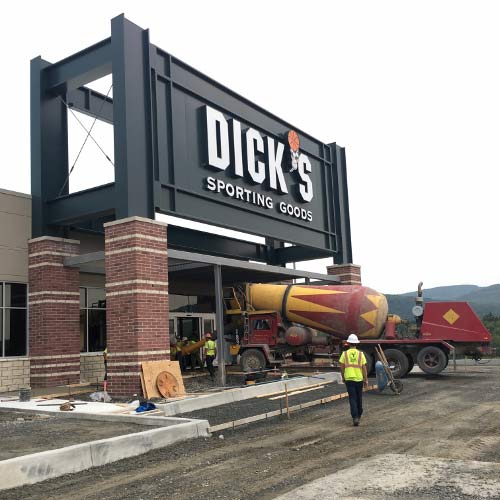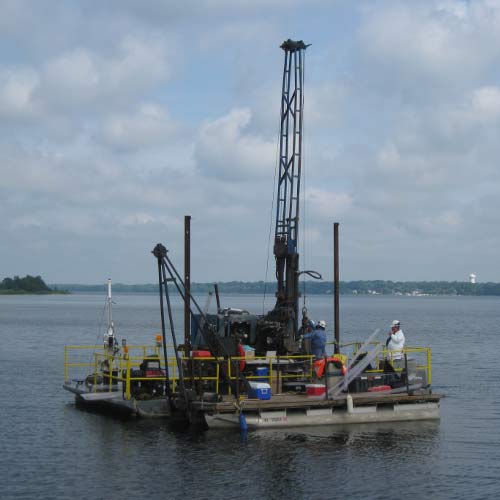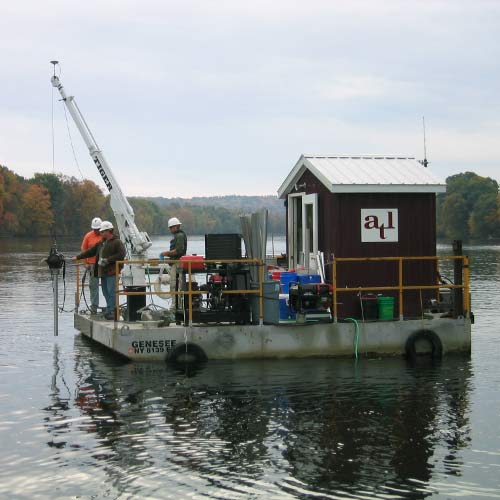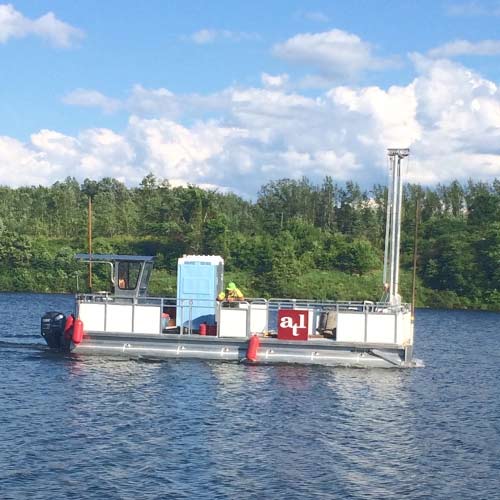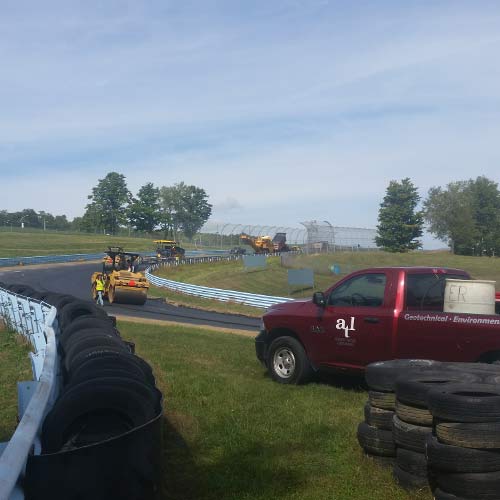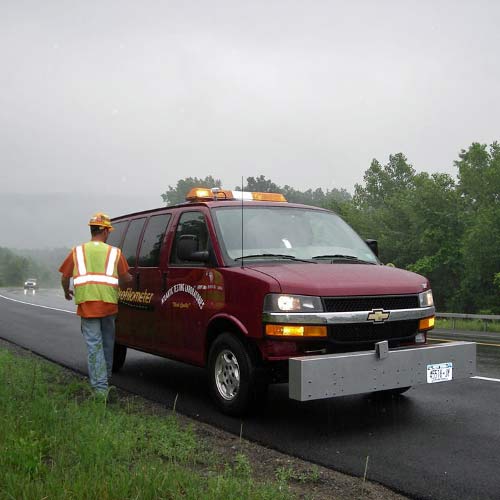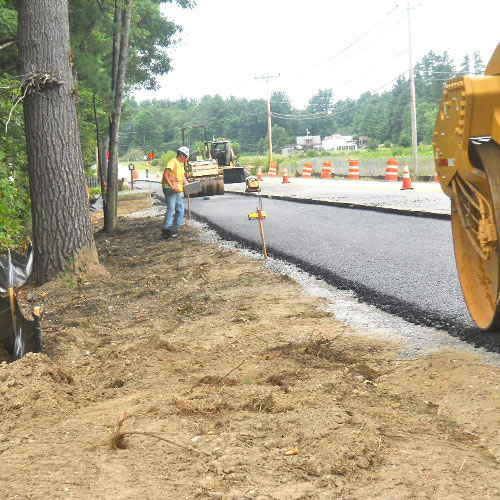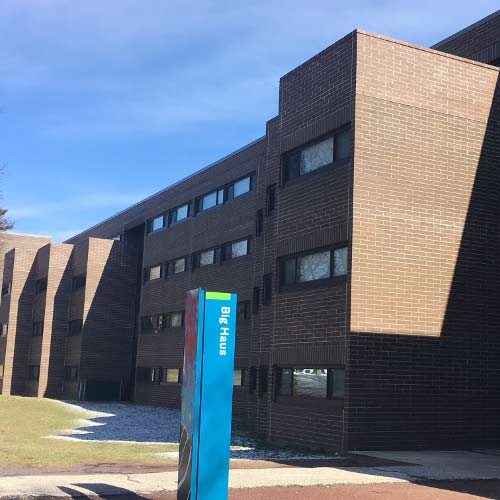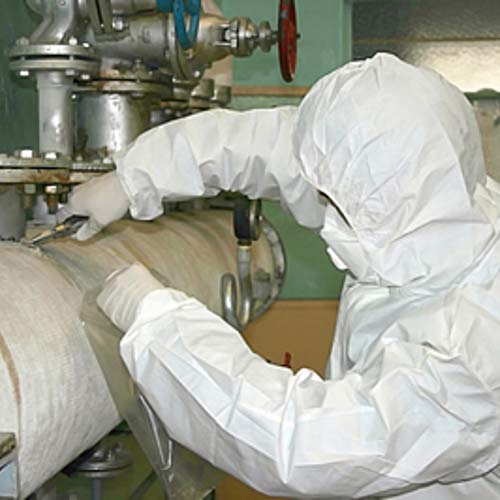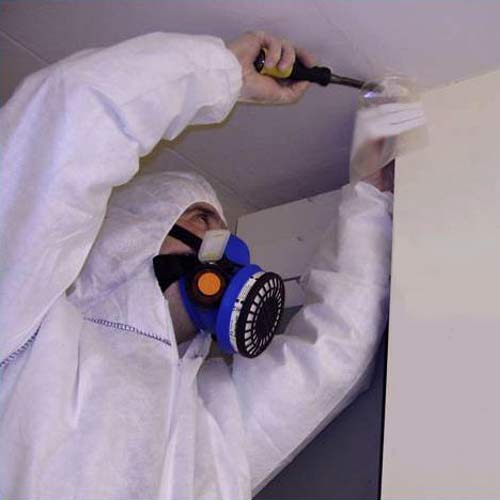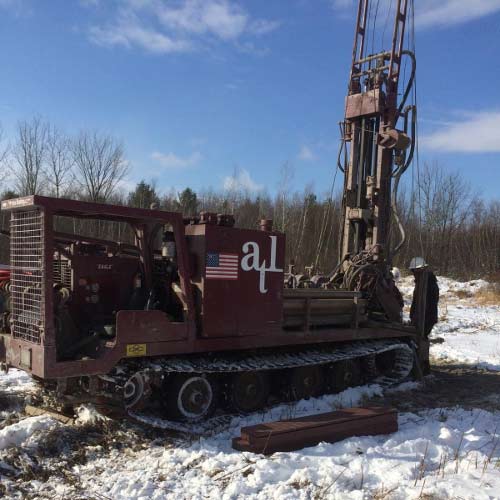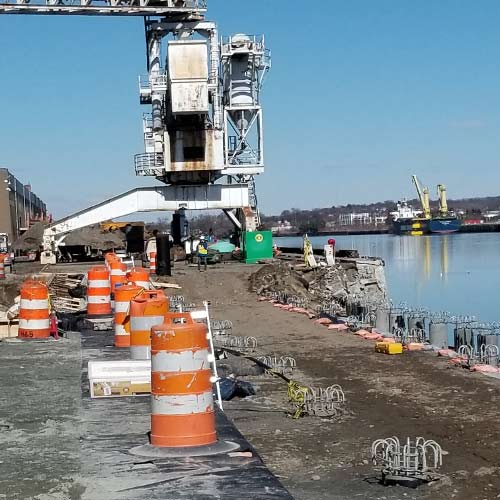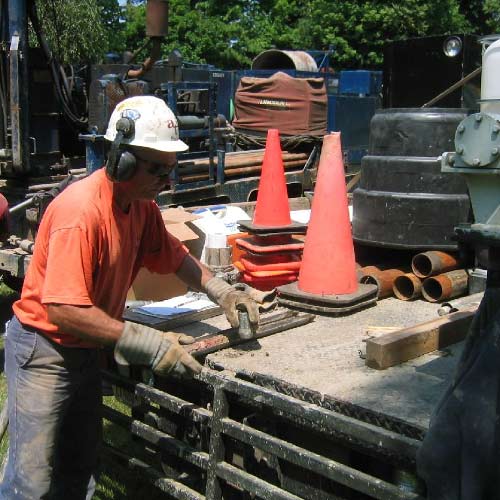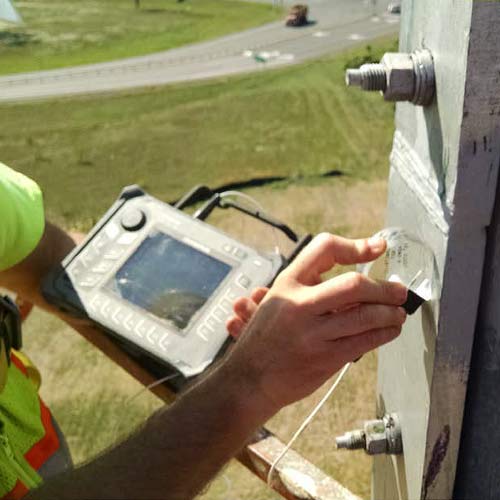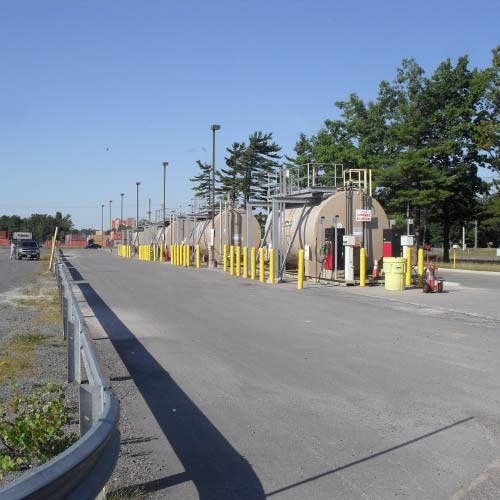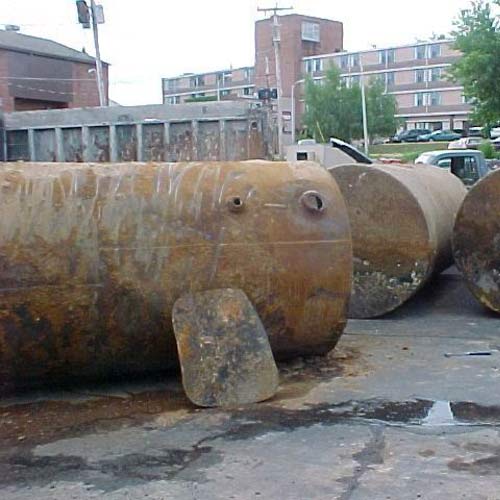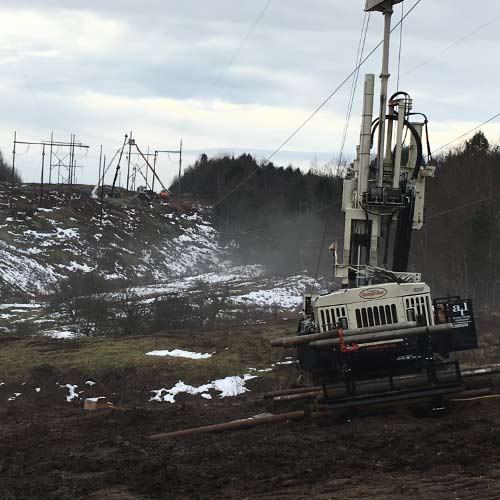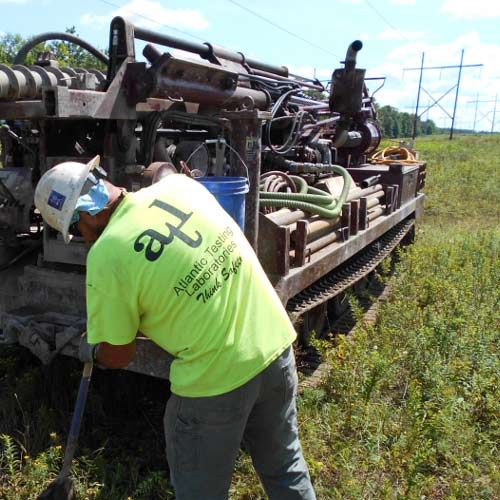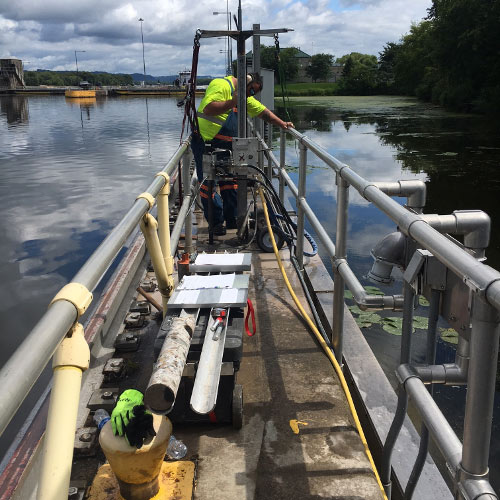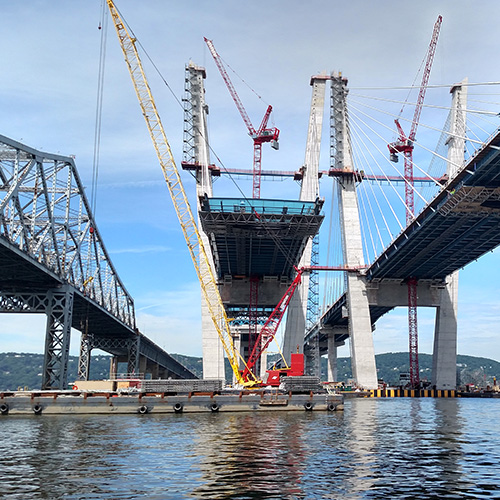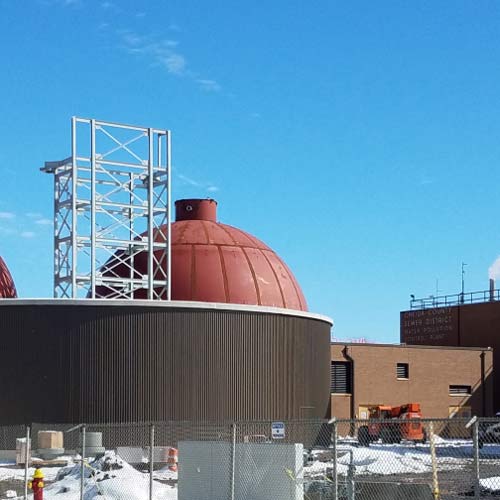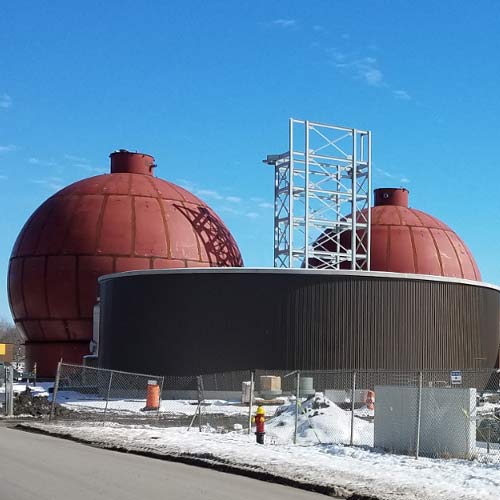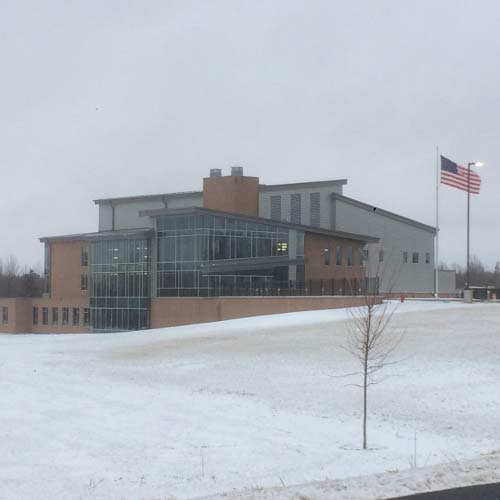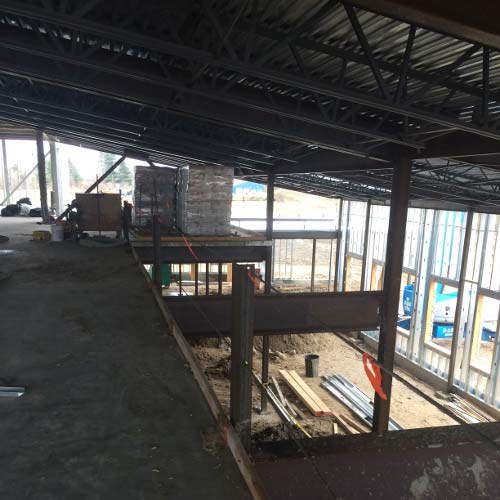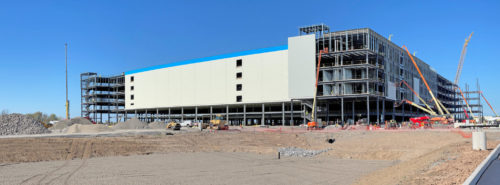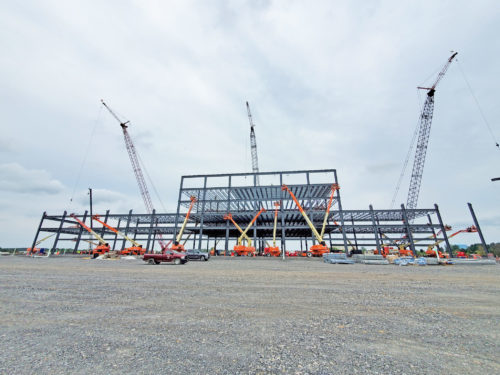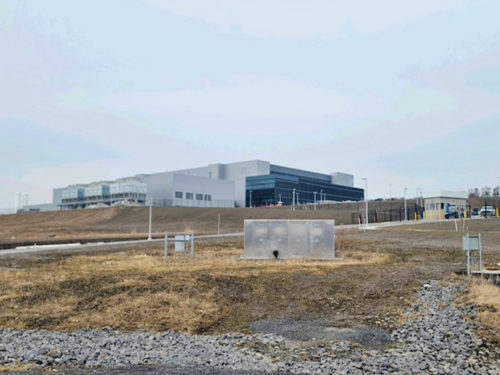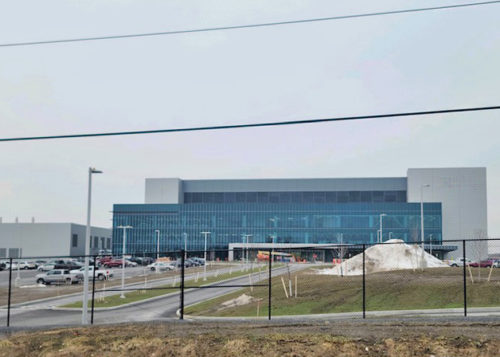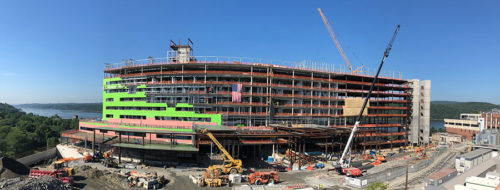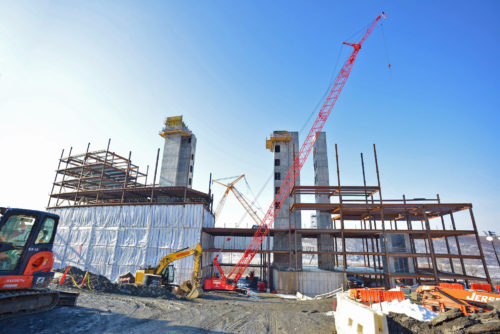Click the following link to view the PDF of this paper: Concrete Shrinkage and Cracks

Steven N. Moore, PE
Senior Engineer
Atlantic Testing Laboratories
I had a college professor that said concrete was guaranteed to do two things…harden and crack.
Hardened concrete is the result of hydration, a chemical reaction between cement and water. The loss of water from the concrete as it cures results in a reduction in concrete volume, or shrinkage.
Concrete shrinkage is caused by both internal (autogenous) and external (environmental) conditions and is generally unavoidable. When restrained from freely shrinking, such as having fixed end conditions or continual friction, tensile forces will develop in the structure and cracks will appear. A common fixed end condition is where slabs are constructed integrally, with turned-down perimeter foundations. As slabs, pavements, and sidewalks shrink, friction develops between the bottom of the slab and the underlying subgrade. All of these items can be contributing factors to cracking.
Concrete mixtures can be designed to mitigate shrinkage by properly proportioning aggregates, using admixtures, adding fibers, and minimizing water demand. For proper crack control, reinforcing steel should be incorporated to take the tensile forces and tightly hold small cracks together, or plan for the cracking by installing properly spaced control joints. The control joints allow cracks to occur, but where you want these – at the joints, not randomly.
There are some common rules of thumb for control joint spacing. For a 4-inch-thick slab, spacing should be 8 to 12 feet. When joints are not used, such as in residential garages, random cracks are common and typically occur about 10 feet apart. For industrial or warehouse slabs where 8-inch-thick floors are common, joints are commonly placed 16 to 24 feet apart. Even then, at the upper limits, some random cracks may develop.
Timing of joint installation is important. Joints can be tooled in the wet concrete during and just after surface finishing, or saw cut within 6-12 hours of finishing (as soon as the concrete can sustain sawing without raveling). Delay in cutting joints allows time for random cracks to develop.
Joints should be cut to a depth of approximately 25% of the slab thickness to ensure initiation of the crack within the joint. Joints should also be placed at re-entrant corners, at column penetrations, and at odd angles where shrinkage might cause stress concentrations. Additionally, joints should be placed to create panels that are approximately square, and in no case having a length to width ratio of more than 1.5:1.
Shrinkage can also be reduced by proper curing of the concrete. The goal of curing, whether by application of a film of curing compound or by continuous wet curing, is to reduce the rate of evaporation until the concrete can develop strength to counteract the tensile forces that develop during drying.
Concrete is going to harden, shrink, and probably crack. Although difficult to stop, you can minimize concrete cracking with proper design, planning, and construction practices. ATL, a WBE certified company, offers nondestructive testing and can assist in identifying proper remediation actions, if you encounter these concrete challenges.
For more information, contact Steve Moore, PE at 518-383-9144, info@atlantictesting.com, or visit AtlanticTesting.com.
|
ASSOCIATED SERVICES |
 |

